Liquid Ceramic Flow – IMR R1 Zenith IEMs Review
IMR is a company from UK, who already had a very successful IEM on the market, the IMR R1, but the R1 Zenith now comes to construct on what the original delivered, to offer an even better, more refined experience of IMR’s works. With a lot of competitors to stand against, this review will surely be fun, R1 Zenith has to beat bots its predecessor and other IEMs at about 500 GBP / 500 USD.
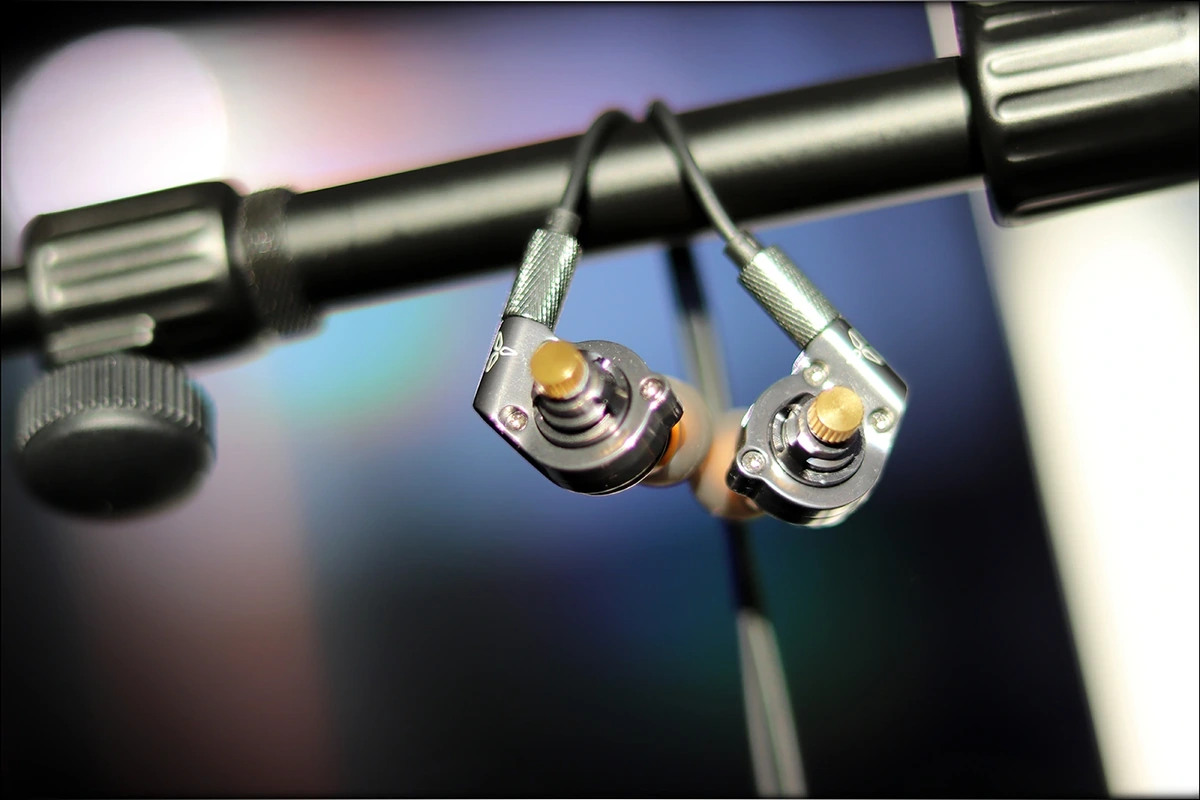
Introduction
IMR Acoustics is a growing company from UK, with quite a history of releasing IEMs already, as I have reviewed the original R1 and liked it quite a lot. The new R1 Zenith has even more features to it, and relies on a very unique piece of tech, a ceramic driver, but as a very knowledgeable friend told me before, the higher you go in the high-end speakers, there is always a ceramic driver, seems that ceramic drivers have a magic to them, although they are really hard to master and implement well. IMR stands firmly by their products and will solve your warranty, at this point they are one of the trustworthy companies and you can safely order and purchase from them.
It should be noted that I have absolutely no affiliation with IMR, I am not receiving any incentive for this review or to sweeten things out. This review is not sponsored nor has been paid for by IMR or anyone else. I’d like to thank IMR for providing the sample for this review. This review reflects my personal experience with IMR R1 Zenith. Every opinion expressed is mine and I stand by it, the purpose of this review is to help those interested in IMR R1 Zenith find their next music companion.
Packaging
First things first, let’s get the packaging out of the way:
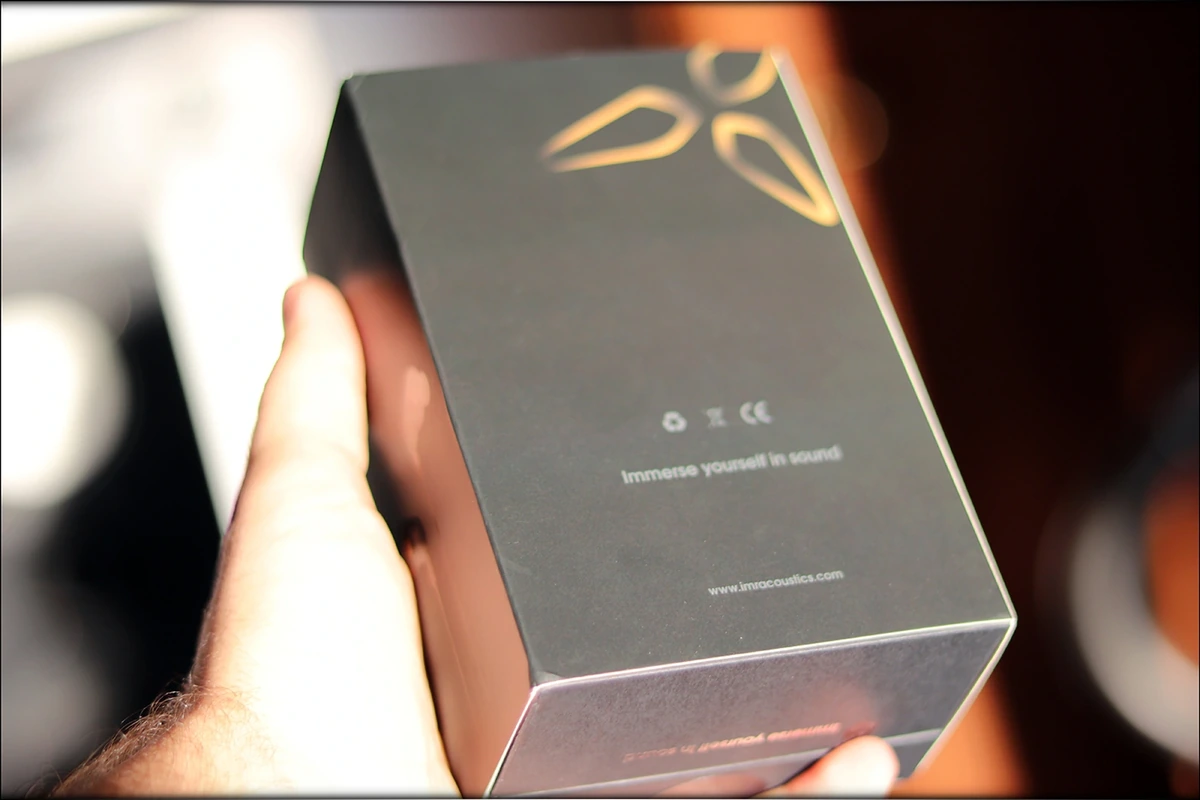
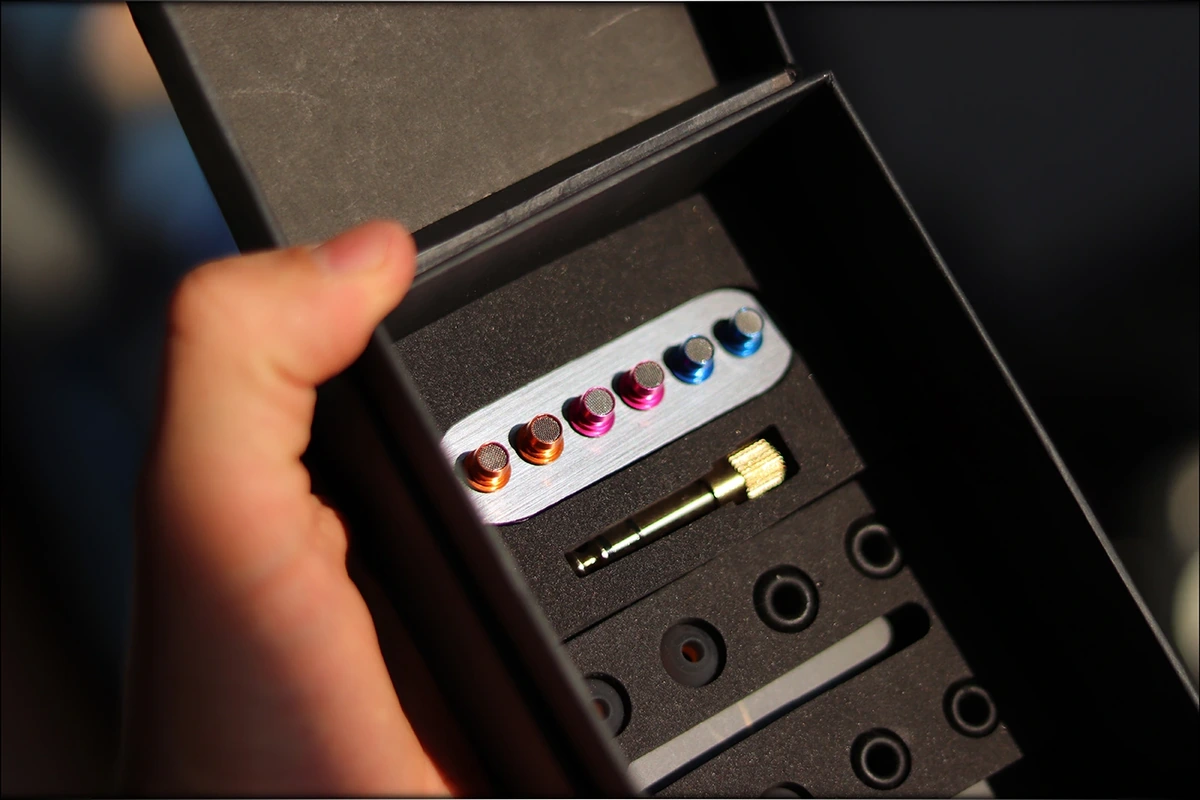
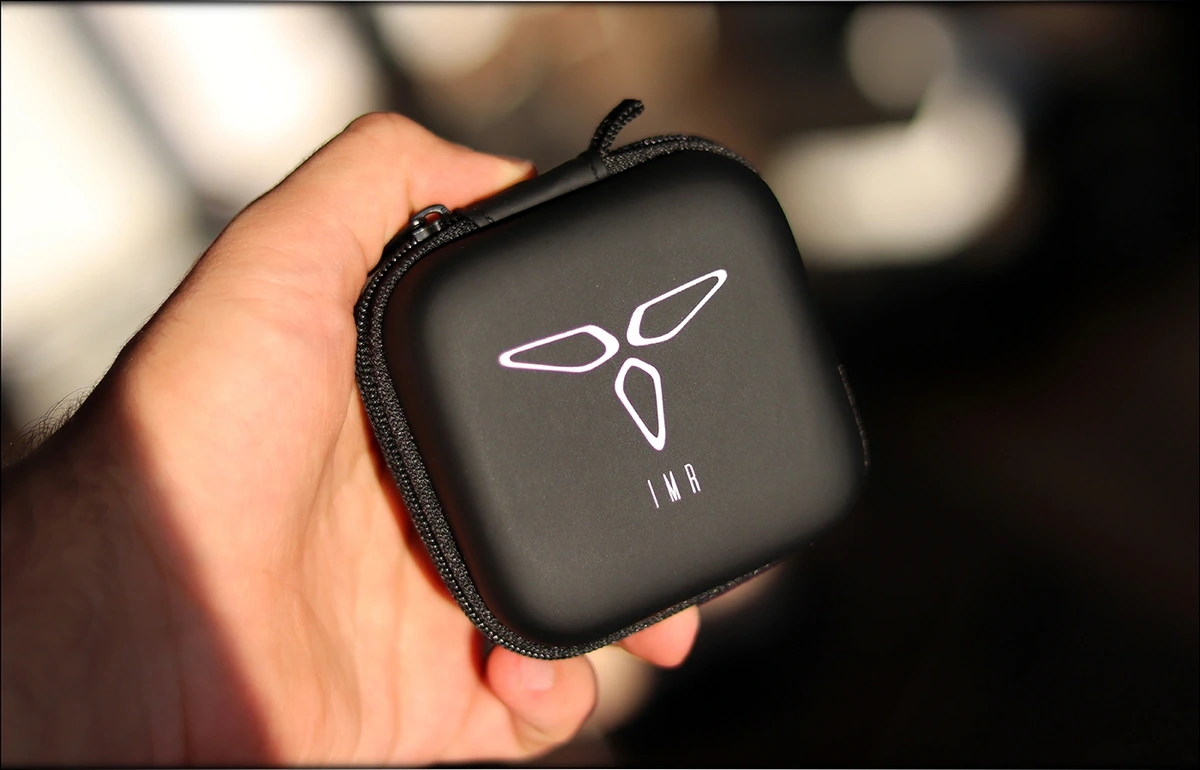
Now, with the original R1 I wasn’t quite that happy with the package, but it looks like IMR changed quite a lot and now their package is not only beautiful but also very all-inclusive.
This time around, the package includes two cables, one single ended and one balanced, both cables are Copper, which means a sweet and musical sound, without hard edges.
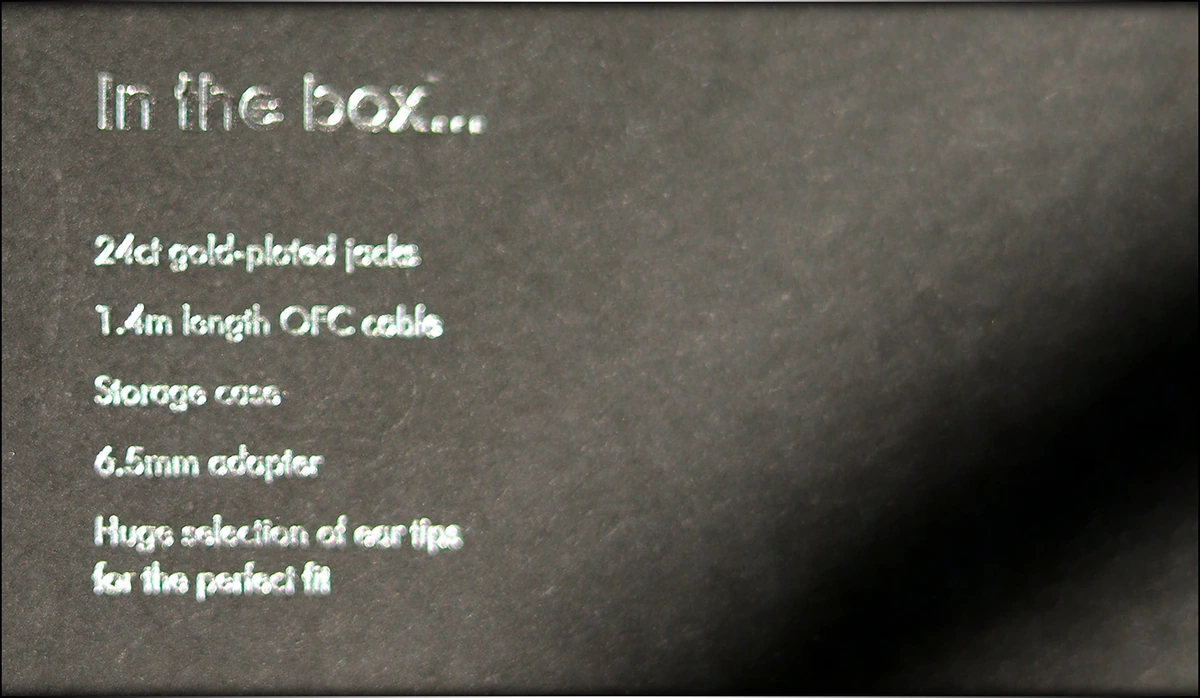
There are tips, filters, adapters and everything you could desire, and even a carrying case. It is hard not to give IMR R1 Zenith a golden rate for their package, because, let’s be honest, they really included everything, and everything is of a pretty darn good quality.
What to look in when purchasing an upper midrange In-Ear Monitor
https://www.audiophile-heaven.com/p/what-to-lookl.html
Technical Specifications
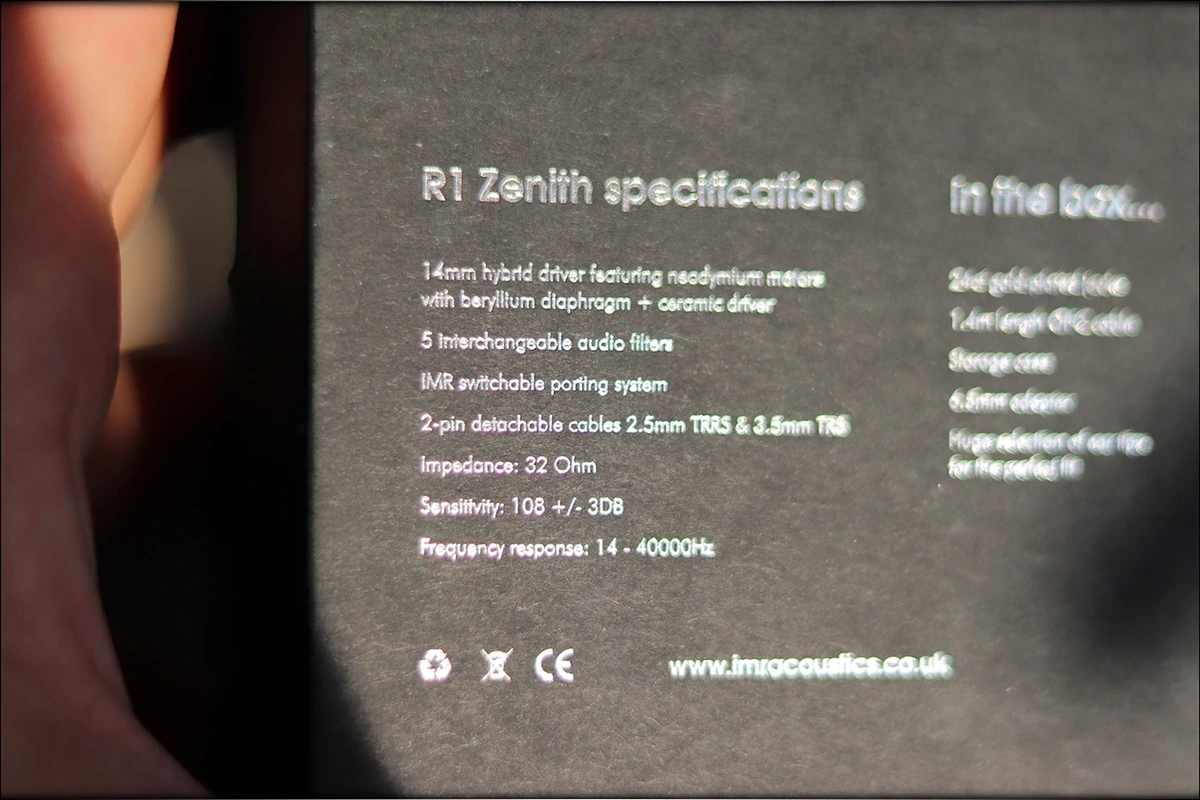
Build Quality/Aesthetics/Fit/Comfort
Starting with the build quality, you can tell right away that IMR were not joking when they released a new version of their product. While the original R1 looked a bit rough, like it just came out of the machining process, R1 Zenith, the piece of today’s review looks like a properly polished product, like what you’d expect from 500 USD, and more.
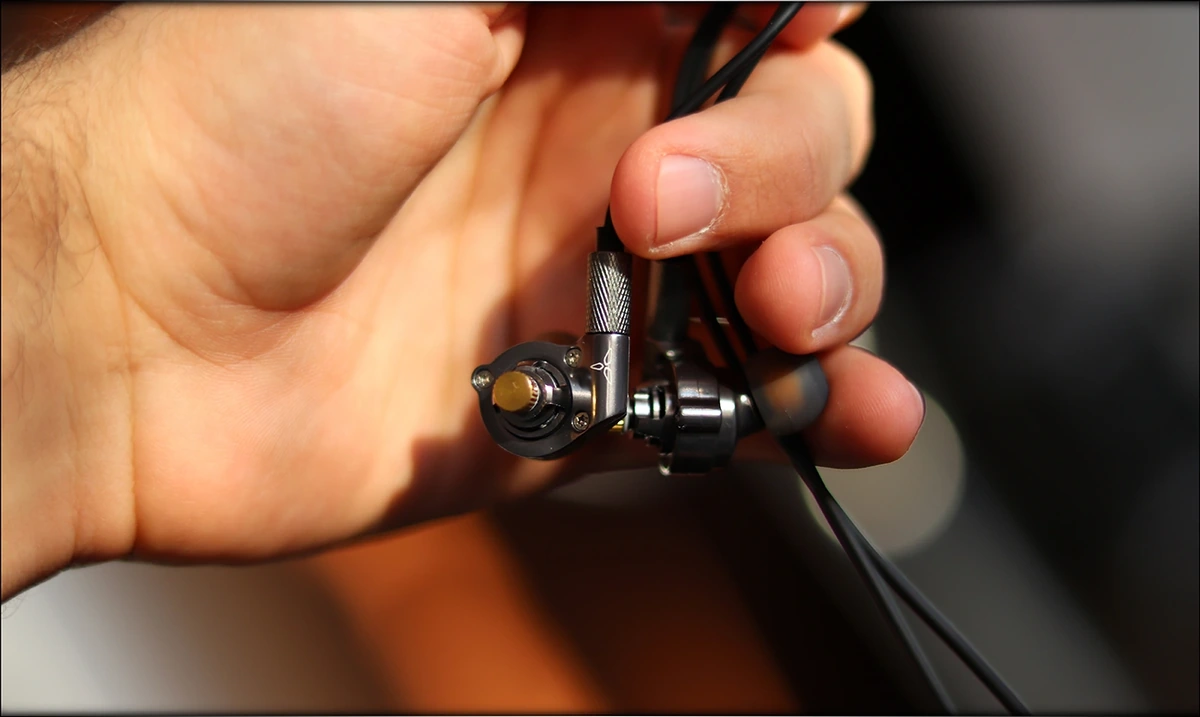
The design is liquid, it is beautiful, everything is smooth and the shapes of R1 Zenith flows into each other. They are more elegant than they are edgy, but the two screws on the back add a bit of an industrial accent to IMR R1 Zenith
Now, that screw on the back can affect the way the inner sonic chamber acts, IMR R1 Zenith is both a closed, and an open IEM, you can get a more airy, or a more focused sound. Although the soundstage is larger with the sonic chamber open, I tend to prefer it with the sonic chamber closed, better detail, precision and definition.
You can change the sonic filters in the front as well, and you get a multitude of possible sonic performances from IMR R1 Zenith, from a very warm and bassy one, to a more balanced presentation.
On the other hand, the comfort is actually quite good, the large selection of tips works well, and the overall IEM shape is ergonomic and well designed, IMR R1 Zenith sits quite nicely in your ears, you won’t be able to sleep while wearing them, but you’re surely not going to feel them while using them normally, this is how comfortable they are.
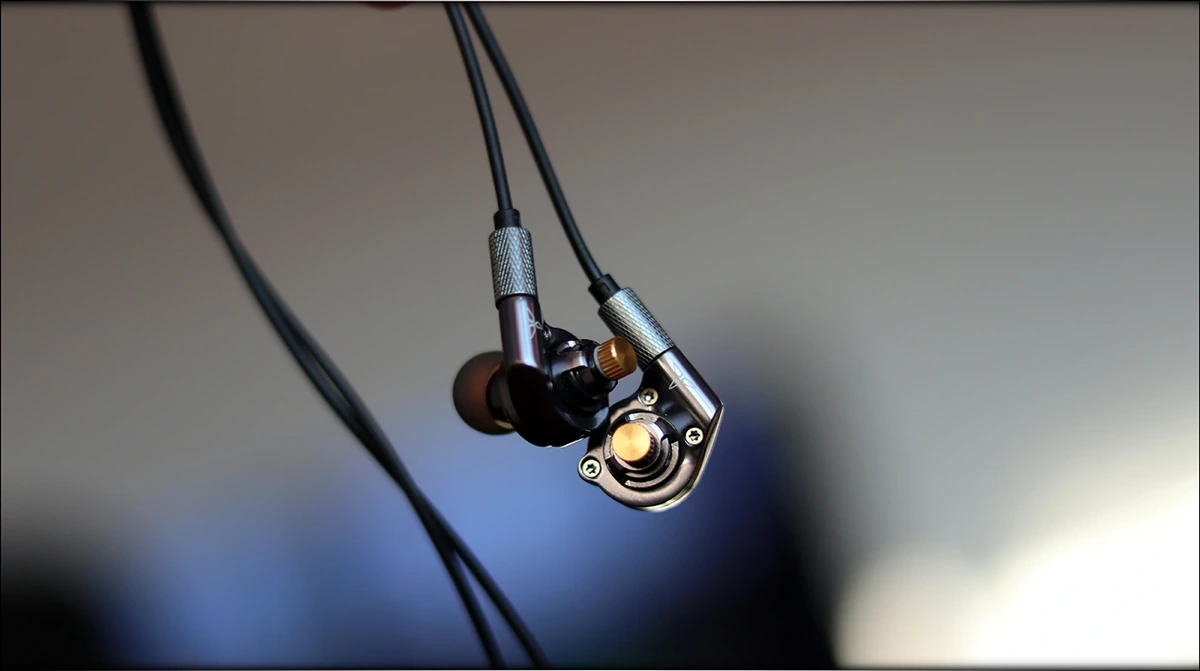
The isolation varies a bit, and so does the leakage because opening the sonic chamber will change how open or closed they are physically, and how much they leak and isolate, but the isolation is on the higher side in most scenarios, you aren’t going to be able to hear much from the outside while wearing the IMR R1 Zenith.
If I’d have any negative comment to make, the cables, although there are two of them, and both sound incredibly good, and both are practical, are just a bit springy. The cable is not microphonic, and there are no other issues with it, but it is like a mini cable from Sundara, a bit springy.
The connectors on IMR R1 Zenith are 2-Pin connectors, which are known to be better than MMCX, and overall I feel like IMR R1 Zenith is quite an excellent overall IEM from the build quality, Fit and comfort points of view. Aesthetically, it will be a choice for everyone, but IMR made sure that they left very little space to complain with R1 Zenith.
Sound Quality
As I noted earlier, ceramic drivers are usually found in very expensive products, but are also the hardest to control, hardest to tame, and hardest to sound good. From this point of view, a company is often safer just using BA or Dynamic drivers, as Ceramic drivers, although they hold a magic of their own, they will sound a touch different.
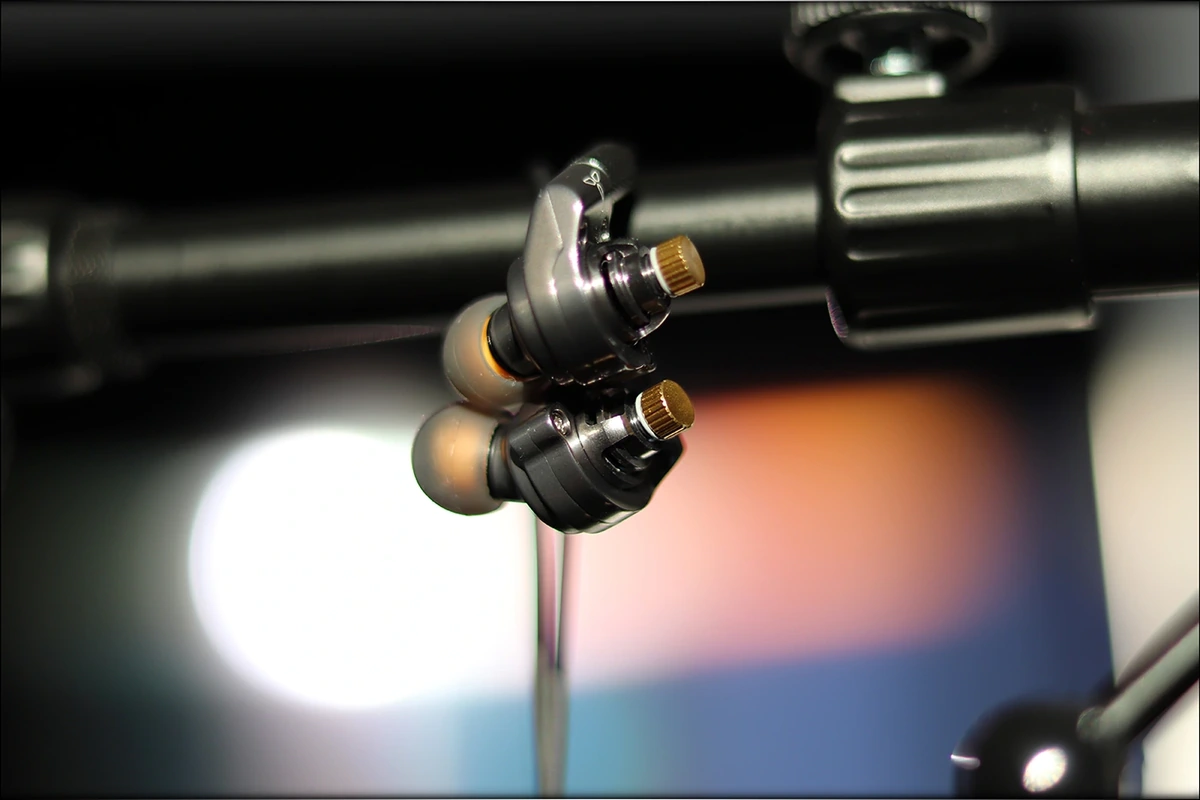
IMR R1 Zenith is like a chameleon. Usually, you’d laugh when thinking that a IEM comes with a number of sonic filters, as usually, the differences between the filters are not that great, but with IMR R1 Zenith, the filters can quickly turn this IEM from one extreme to another, from really smooth, full, lush and bassy, to quite balanced, sparkly and airy.
The port on the back can change the sound from being very airy and wide, albeit a touch vague, to much more precise and detailed, although a bit more intimate. I found that the best equilibrium for me is with the port fully closed, I prefer the better details over the wider and more airy sound with it open.
Each filter provides a very different tuning from the others, and IMR does an excellent job at explaining what every filter does, in a few words, things happen exactly as they describe them. Most of my listening impressions have been done with the black filter, which is the default one, and which seems to be a smoother, more musical one, but which still has quite a bit of sparkle to its treble.
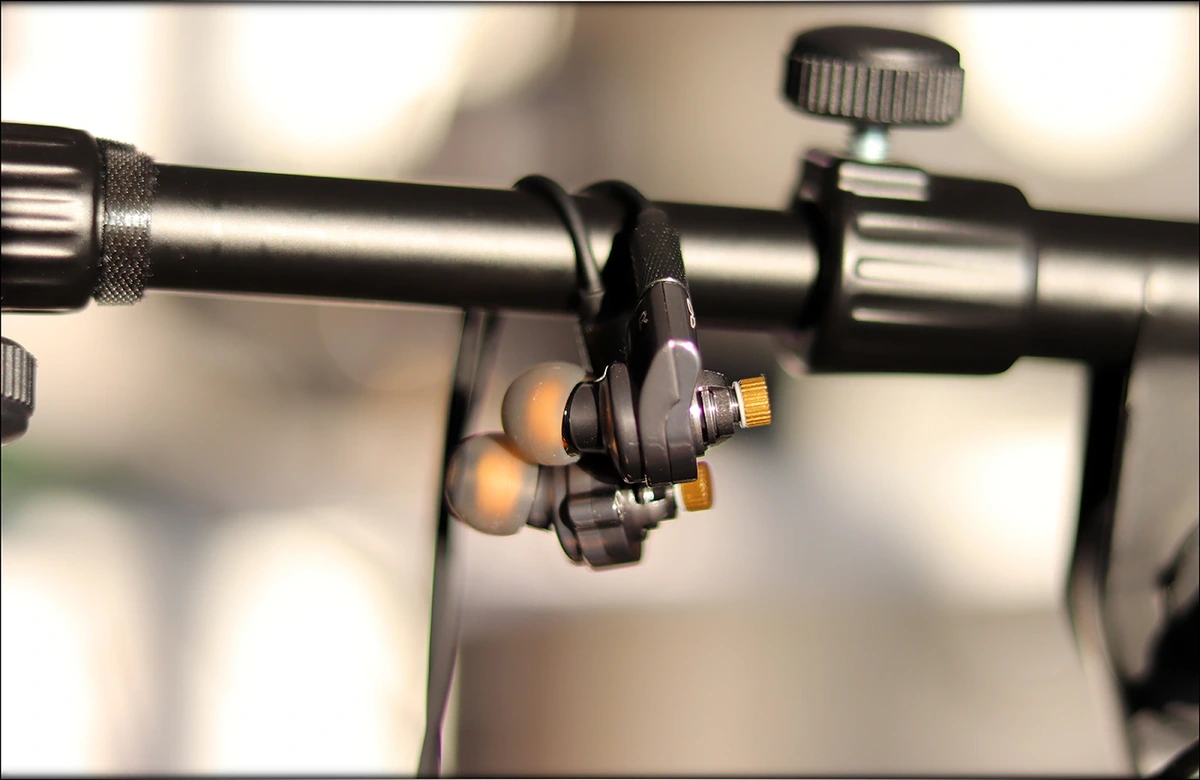
Starting with the bass, you’re going to be quite amazed by how liquid and smooth the bass of IMR R1 Zenith is, this kind of bass surely reminds me of a high-end planar magnetic headphone rather than an IEM, you get all the impact, depth and low end reach you could desire, and even if you’re a basshead, you’re going to have a hard time saying no to this one magical IEM. The resolution of the bass is also outstanding, every single detail being rendered, although the speed of the bass is generally natural, complimenting musicality above ultimate speed.
The midrange, is quite magical, and here the effects of the ceramic driver are starting to be evident. There is a certain smoothness that some people will surely fall in love with. Now that I’m also playing guitar, I think that the best way to describe the sound of IMR R1 Zenith is as liquid as you can imagine, they really compliment smooth guitar solos, rather than being crunchy or having the ultimate resolution. This is actually something to keep in mind, the resolution of IMR R1 Zenith is actually quite good, but they aren’t the last word in terms of how much resolving ability they have, instead, focusing on being smooth, musical, lean, liquid and flowing from each musical note to the next. I recommend them with pretty much any musical style, maybe except for large orchestral compositions, where you’d probably prefer having a more resolute and dry sound.
The treble is pretty sweet, although it ends a touch quick, leading to a very smooth, and fatigue-free treble. Despite this, and despite the fact that the texture of the treble is uber smooth, you’re still getting a bit of sparkle, making IMR R1 Zenith truly outstanding for long hours of listening, and making them quite ideal when it comes to relaxing and letting your mind experience a truly fluid signature.
I have noted in my video review that I generally would probably not recommend IMR R1 Zenith with metal and rock, because they didn’t have enough treble energy, and because they lacked crunch, but this isn’t something set in stone, as some people really appreciate a smoother rock and metal experience, so overall besides orchestral music, where I’m quite sure most people are looking for a slightly more analytical signature, IMR R1 Zenith can be described as a very versatile and universal-sounding IEM, especially if you like a more V / U shaped sound, or a W shaped one, depending on the filter that’s installed on them.
Portable Usage
When it comes to the portability of IMR R1 Zenith, it is quite excellent, those are IEMs you want to take with you while you’re on-the-go, they are easy to drive, they are comfortable, they come with a carrying case, and they isolate well enough from the outside noise to be practical even if you’re in a very noisy environment.

Furthermore, they come with two cables, both balanced in 2.5mm and Single Ended in 3.5mm with an adapter to 6.3mm included in the package, meaning that you can connect IMR R1 Zenith to pretty much anything portable, even an iFi iDSD Micro Black Label, if you wanted to.
IMR R1 Zenith is slightly sensitive to hiss, so a smartphone can drive them, but if your smartphone has a bit of hiss, or if your source has it, you may be able to hear it, although, as I always note, hiss is an issue only at very low listening volumes, or if you’re not playing music at all, as otherwise, you shouldn’t be able to hear the hiss.
Overall, they are very numble, accessible, comfortable and make excellent portable IEMs.
Comparisons
For the comparisons part of this review, I have selected iBasso IT-04, IMR R1 and Acoustune HS 1650CU, all of those being in similar price ranges. Of course, there are many more competitors, but those are the most principal ones, at least at the moment of writing this review, most requests having been for comparisons between these ones. R1 Zenith will also be named R1Z for simplicity during this part of the review.
IMR R1 Zenith vs iBasso IT-04 – The iBasso IT-04 is still quite a magical IEM, but also similar to the Zenith in some ways. Starting with the comfort, both are really comfortable, and both have an ergonomic shape, but R1 Zenith is slightly more comfy than IT04. On the other hand, the cables or rather the cable that comes with IT-04 is better than the one that comes with R1Z, especially in terms of design and how flexible it is. The sound of the two cables should be fairly similar, although I haven’t been able to compare them directly, as IT-04 uses an MMCX connector, and R1Z uses a 2-Pin connector. Both IEMs pick hiss similarly. Both IEMs are really easy to drive. Now, the sonic tuning is really different, IT-04 is extremely neutral, bright, much much faster and has a much more detailed bass than R1Z, but R1Z has better impact, a deeper, more natural bass, with more warmth and more rumble. The midrange is fairly similar between the two, although IT-04 has slightly more details, where R1Z is slightly more liquid and more smooth in the midrange. The treble is extremely different, IT-04 has considerably better extension, and more sparkle in the treble, is considerably brighter, and I’m saying this as a compliment, not as an insult, because R1Z feels like the treble ends considerably faster, and is considerably smoother, although if you’re looking for a smooth treble, it is clear that R1Z is the choice for you. At the end of the day, if you’re looking for extreme depth and warmth, for a really liquid and smooth IEM, R1Z should be your choice, while if you prefer a more neutral, faster, more bright and more extended at the top end sound, IT-04 should be your choice.
IMR R1 Zenith vs IMR R1 – Compared to the original, it is quite evident that the build quality has improved a lot with the new generation. Everything feels better defined, there is more attention to the details, and overall it seems like IMR have redefined their production line when going from the original R1 to the Zenith. The sound is quite similar, although R1Z feels considerably more liquid and smoother overall, and also has a larger bass, and more warmth, where the original R1 feels more balanced and more crunchy, and may have a touch more detail, although it doesn’t have the musicality and fluidity of the R1Z.
IMR R1 Zenith vs Acoustune HS 1650CU – Acoustune HS 1650CU is quite the magical IEM, and slightly more expensive than IMR R1Z, but not by a lot, since R1Z’s price of 500 GBP is above 630 USD, so almost the price of HS 1650CU new. Now, starting with the build quality, the two actually even look similar, at least a bit, but the comfort is pretty much the same, both are outstandingly comfortable. I never felt the need to take either out of my ears, although the isolation provided by R1Z is slightly higher than the isolation provided by HS 1650 CU. The default cable is better on HS 1650 CU, although the package of both is impressive. When it comes to the overall sound, HS1650CU feels more refined, and has more detail than R1Z, but R1Z has a more smooth and liquid overall sound, a more fluid nature, where HS1650CU has more detail, better extension in the treble, and more emphasis on resolution and detail revealing abilities. Overall, if you’re looking for the IEM that has the most liquid, smooth and fluid overall sound, but with a lot of impact, and a really amazing bass, R1Z should be your top choice, while if you love a warm and lush signature, but you’d want it to be more balanced and more crunchy, with more revealing abilities, you should consider the work of Japanese, HS1650CU.
Recommended Pairings
For the recommended pairings part of this review, I have selected FiiO M9, iBasso DX220 + AMP7, and QLS QA361 DAPs. All of those are portables, but I’m getting a strong feeling that this is how most of users are going to be using R1 Zenith. You can check out my video review of R1 Zenith, where I talk a bit about pairings with other desktop DAC/AMPs, like the Mytek Brooklyn DAC+.
IMR R1 Zenith + FiiO M9 – FiiO M9 is always really easy to recommend, it is a DAP that does everything, has a fair price and has FiiO’s stellar support behind, so regardless what IEMs you’re driving, as long as they’re IEMs, you can always consider M9. Now that M11 is almost to me, I think I’ll also start recommending that one, but for now M9 makes a really easy pairing with R1 Zenith, with a very transparent and resolute sound, for its price being one of the best there are.
IMR R1 Zenith + iBasso DX220 (AMP7) – DX220 with AMP7 is what happens when you consider getting a real flagship from every point of view, much better dynamics, much better resolution, an incredibly versatile and feature-rich DAP, but with the little thing to keep in mind, that a true flagship bears a flagship price as well. If you’re curious what’s one of the best sonic performances you can get out of R1Z, you should totally give this pairing a listen and I’m sure you won’t regret (although your pockets / wallet may).
IMR R1 Zenith + QLS QA361 – QLS QA361 is what happens when you engineer an extremely potent Player with one of the best sounds ever heard, that’s almost perfect from every point of view, but keep things more simple, without Streaming, Android, and without much fluff. In this situation, you’re given a DAP with a really beautiful musical sound, that’s slightly softer than DX220, but which hides a true beauty within. If there’s any issue to keep in mind, QA361 only plays music from a microSD card, so only go for it and its magic if you don’t need Streaming services and the such.
Value and Conclusion
This has been one fun review, and I’m sure that if you decide to go with IMR R1 Zenith, you’re going to be having quite the fun as well. Priced at 500 GBP, they are on a pretty steep price, but they surely come with everything to justify their price point, including cables, tips, filters, and pretty much everything else.
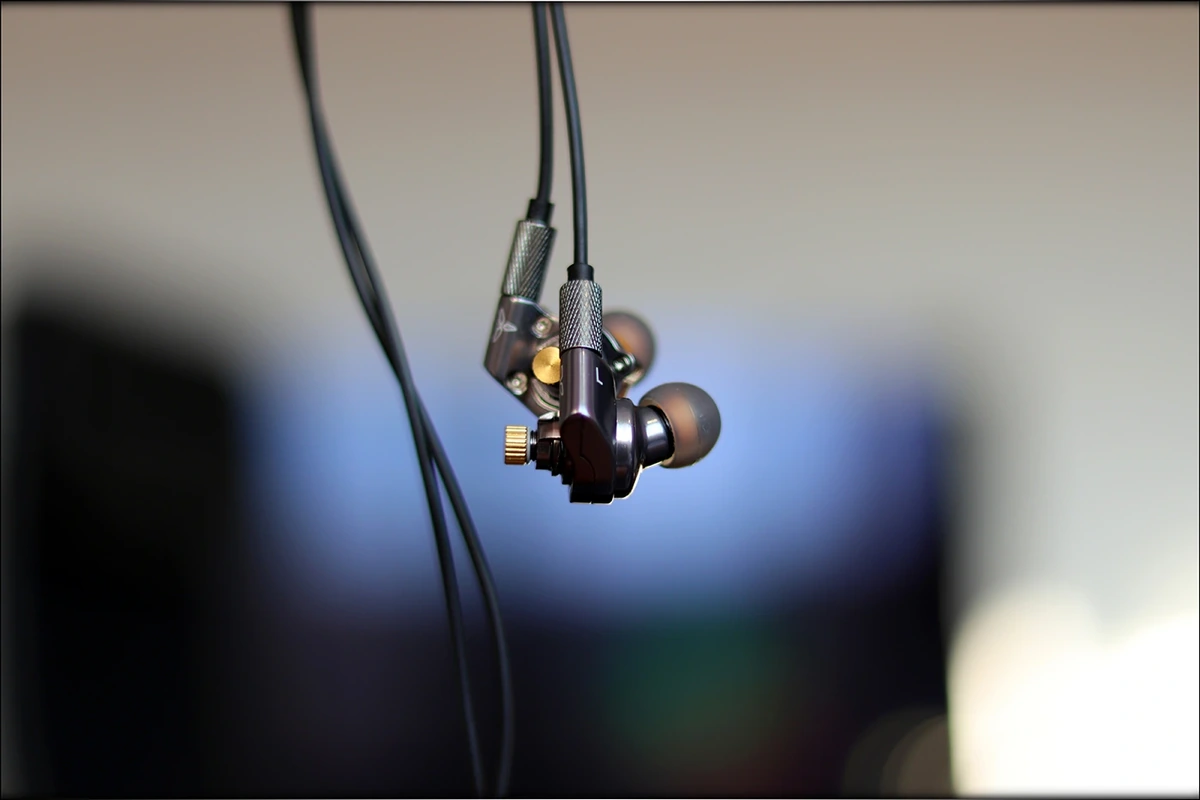
The build quality is quite outstanding, IMR R1 Zenith is a fully metallic IEM, with its shapes flowing into one another, the bore is angled at just the right angle that it sits naturally in your ear, and everything else has been thought pretty well, in such a way that comfort and design go hand in hand with this one.
The isolation is good enough for your to take them on a walk, and they are easily enough driven from portables that you won’t be needing much power, and even a smartphone could drive IMR R1 Zenith, although a better source will surely be giving them a better sound.
Speaking of the sound, the magic of the ceramic sure is there, and the sonic signature changes heavily, depending on what filter you’re using and on whether the acoustic chamber is open or closed, making R1 Zenith quite a versatile IEM. With musicality, and a liquid bass placed above the ultimate detail, the musical signature of IMR R1 Zenith is sure to leave you speechless if you’re a fan of more fluid and smooth signatures, as even with the brightest combination of filters, they are still quite smooth, in both textures, bass, and in the overall signature.
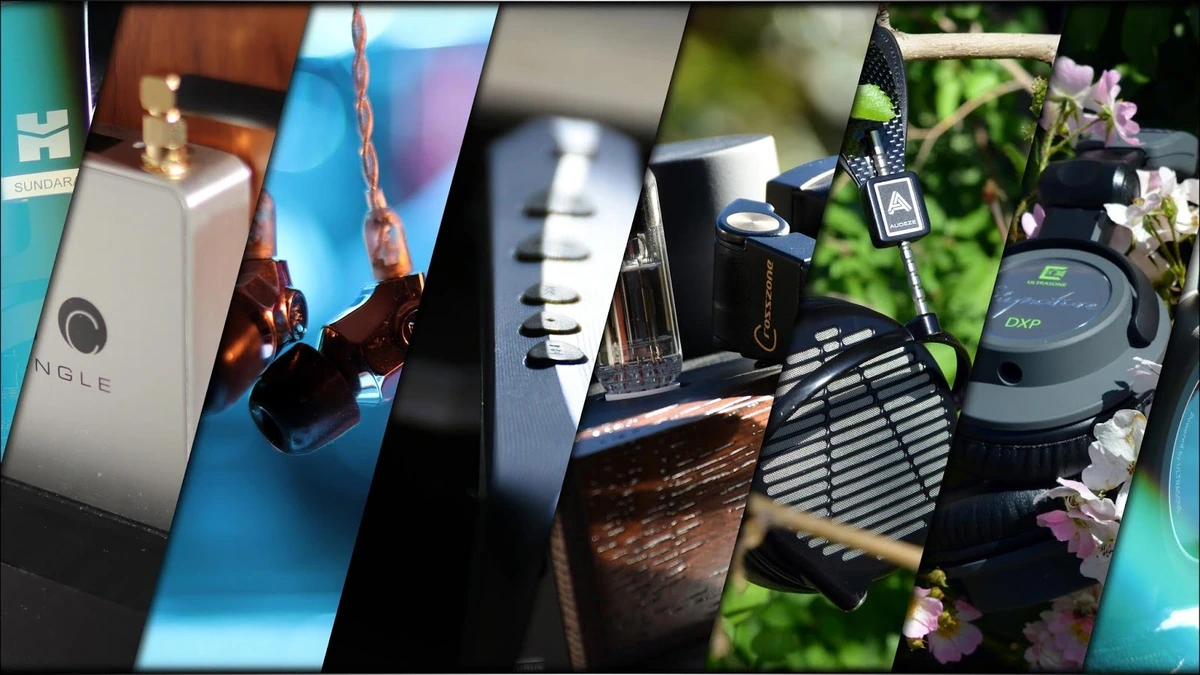
While for the original IMR R1, the build quality didn’t convince me quite as much, the R1 Zenith, as an overall IEM, will be included in Audiophile-Heaven’s Hall Of Fame for being a really interesting implementation of the Ceramic Driver, for having a ton of possible customizations, and for being a pretty well made IEM, with a strong warranty offered by the company selling it.
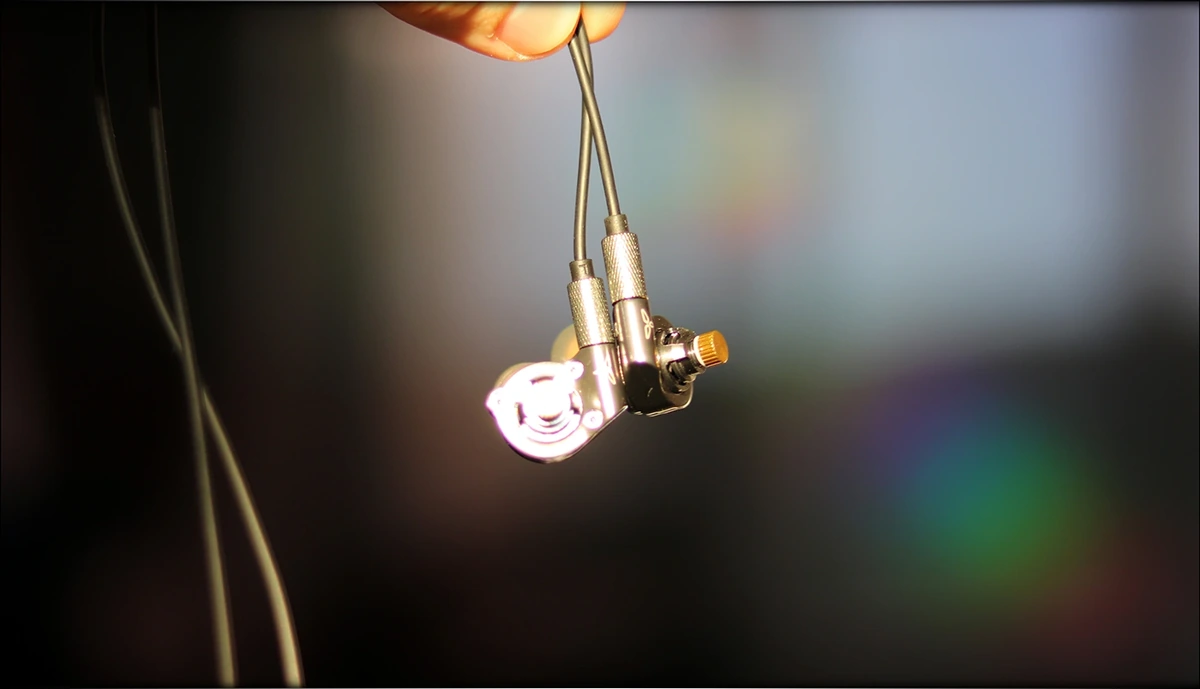
At the end of the day, if you’re looking for a high-quality IEM at 500 GBP, that is fully made of metal, which has a truly outstanding design and ergonomic, and which has a smooth, fluid, liquid overall signature, which emphasizes musicality above everything else, then IMR R1 Zenith should be quite high in your list, being one of the best there are at this point on the market, at this price point.
--- Please remember to stay safe, and always have fun while listening to music!---
- If you have a dime to spare, please donate, and help us! It would make the day brighter for me and my wife-
Full Playlist used for this review
We listened to more songs than those named in this playlist, but those are excellent for identifying a sonic signature. I recommend trying most of the songs from this playlist, especially if you’re searching for new music! The playlists are different for Spotify, Tidal and Youtube, and based on the songs I enjoy and are available on each!
https://www.youtube.com/playlist?list=PL_cjBXGmwSHSdGcwuc_bKbBDGHL4QvYBu
https://open.spotify.com/playlist/5J3oloz8Riy9LxEGenOjQ0?si=979ba4f082414be7
https://tidal.com/browse/playlist/330fd544-8e5b-4839-bd35-676b2edbb3d5
--- Contact Us ---






Hope your review of the Elan will come soon, I want to order one before they run out!
Can’t wait for you to work on reviewing the newer IMR IEMs too!!
Nice review and thanks for your concise review